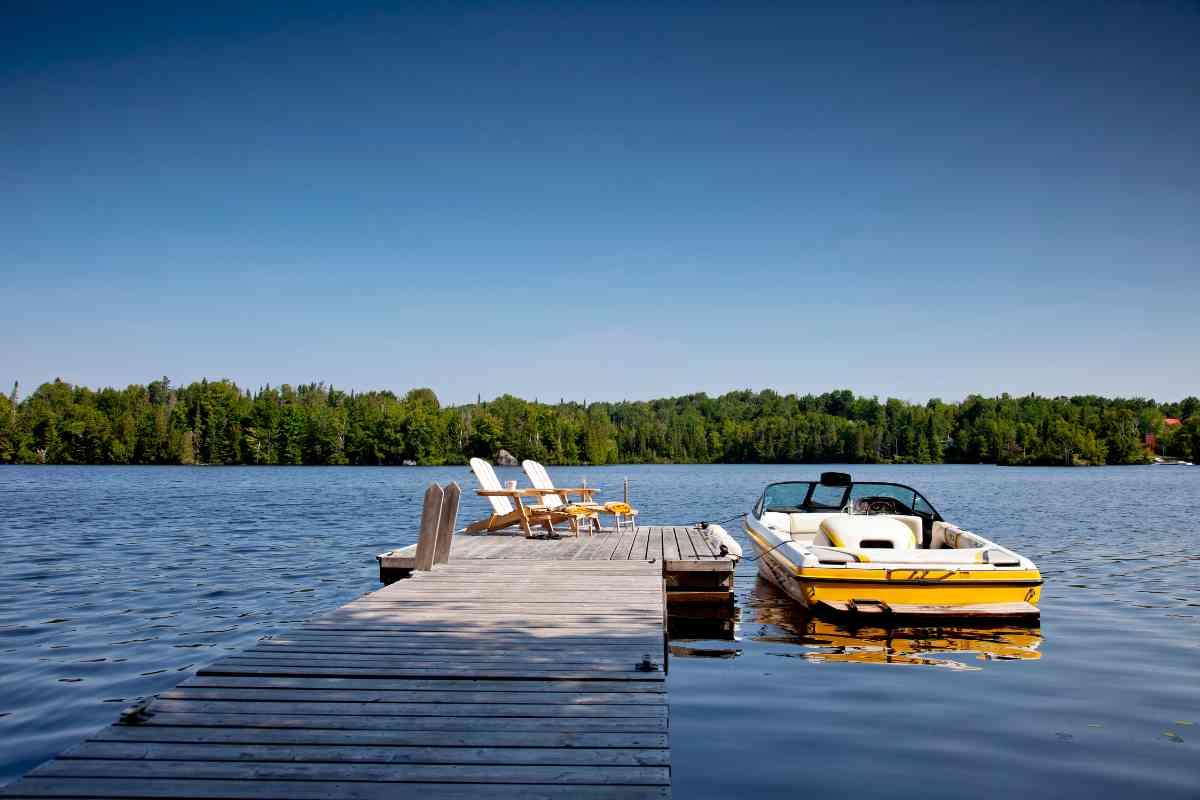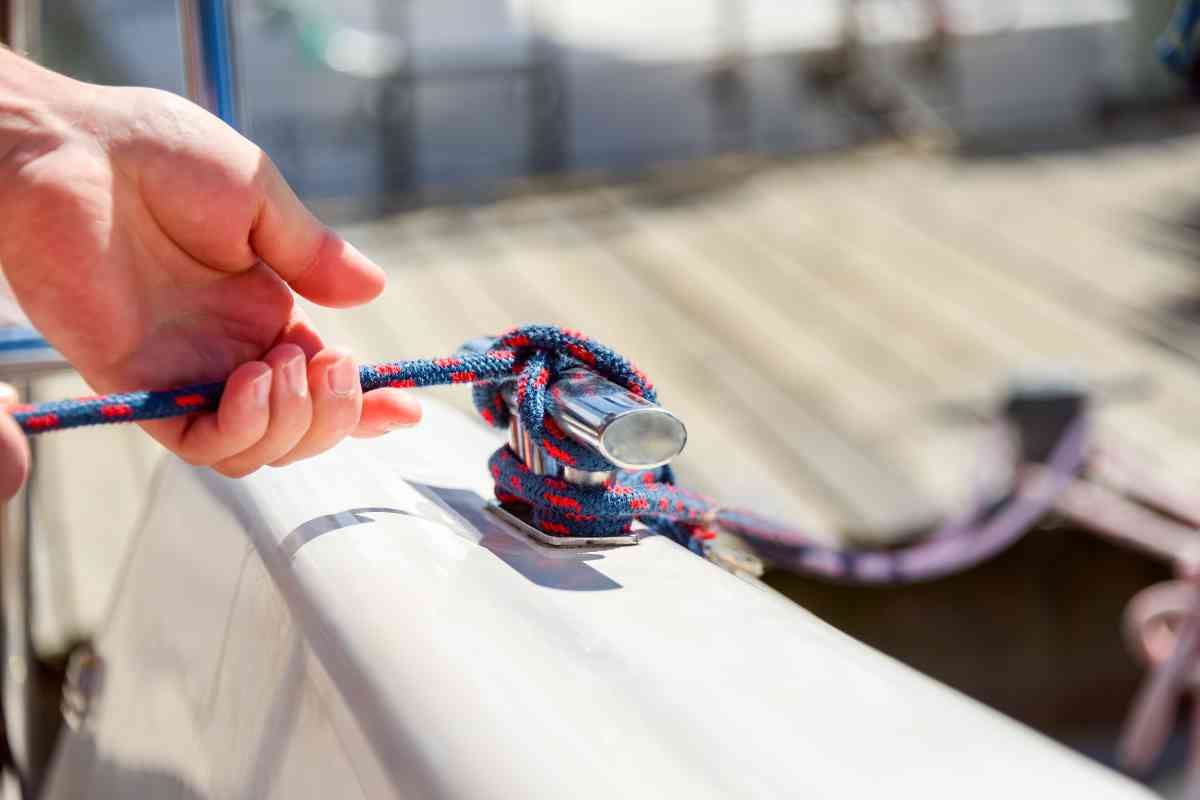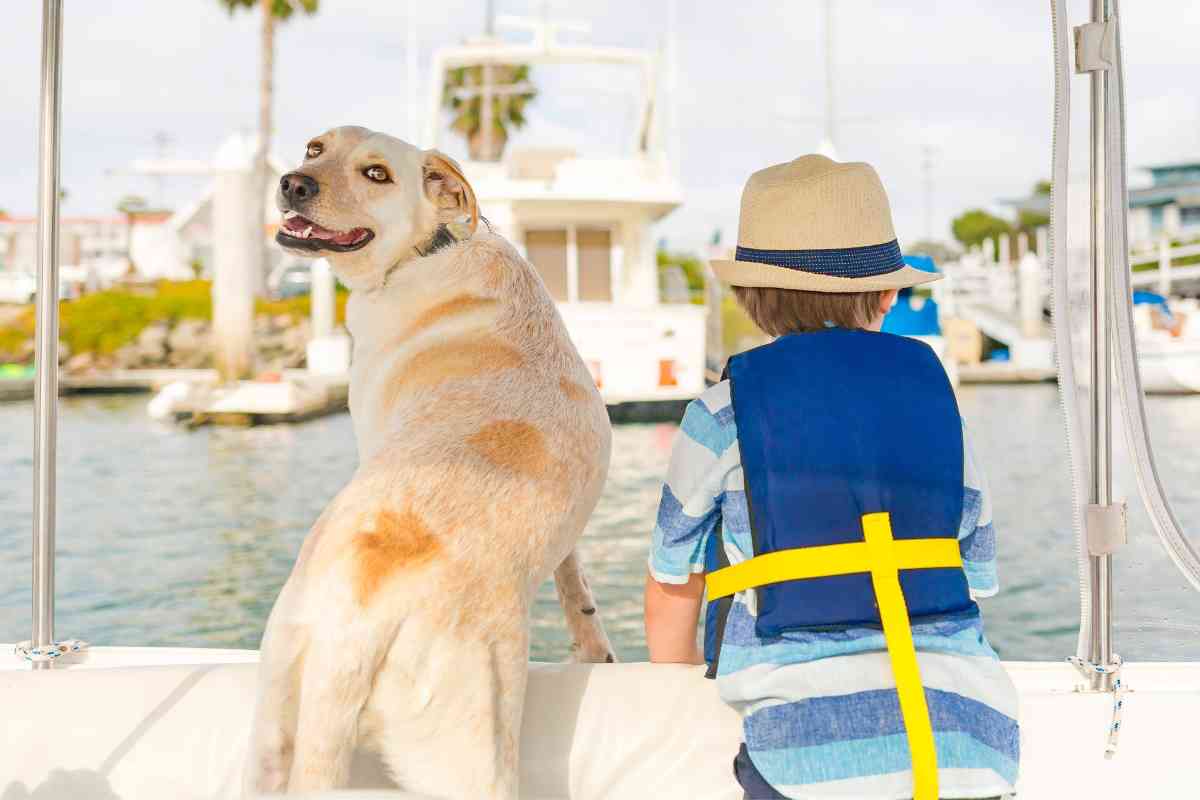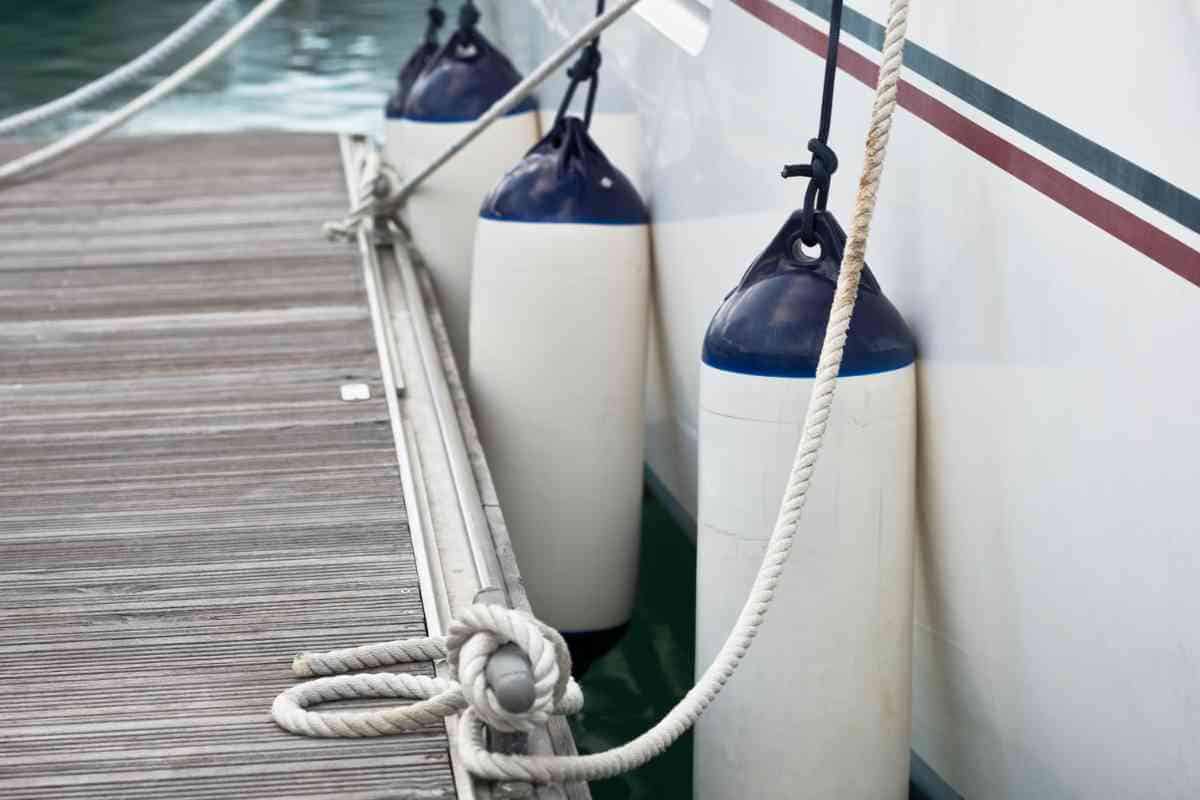Tips for Safely Docking Your Boat: Maneuvering Like a Pro
Docking your boat can be a challenge, especially if you have little experience. Here are some tips for safely docking your boat: maneuvering like a pro.

How do you safely dock a boat?
The most important tip is to go slow and do everything carefully. You should also use fenders to absorb the impact of a minor accident. Wait until the wind and current are right, don’t use too much power, and approach the dock at the right angle.
I have docked a powered boat many times. I have also docked a boat using only the sail, which requires more than one person.
Tips for Safely Docking Your Boat
Docking a boat safely takes skill and isn’t easy to do the first time you try it. However, you can get good at it fairly quickly. It’s easy for an experienced person to do.
Some people damage their boat or someone else’s vessel at the docks. However, you can minimize the odds of an accident and the seriousness of an accident if it does happen.
Merely going slow is enough to greatly reduce the odds of an accident that does any real damage. Learning a little about the docking process and then practicing it is all it takes. Anyone can learn to dock a boat properly.

Boats Do not Have Brakes
If your boat is moving just a little bit, the water will quickly stop it. Water creates a lot of drag and will stop any boat. However, you can’t quickly stop a boat at a higher speed.
If you spin the steering wheel hard to avoid an accident, the boat may not turn fast enough. Even if you are a skilled sailor, environmental factors and the actions of other boaters can make docking harder.
The main thing is to do everything slowly to have more control. As you get better at boating, you can dock faster. However, the emphasis should always be on safety, not how fast you can get into the right position.
Go Slow When Boat Docking
The marina can be more dangerous than open water because you might hit a pier or another person’s boat. It takes practice to safely maneuver your boat alongside the dock while avoiding other boats.
The marina can be more dangerous than open water because you might hit a pier or another person’s boat. It takes practice to safely maneuver your boat alongside the dock while avoiding other boats.
Again, the single best tip is to go slow. You are only going too slow if steering is becoming difficult.
Wait Until the Wind and Current Are Right
If it is too windy or the current is too strong, don’t dock your boat. Wait until you have a better opportunity. Caution is worth it when the alternative is paying for damage to someone else’s boat.
If you aren’t outfitted with weather-predicting tools, check out our guide to the best tools for marine weather forecasting.

Approach Into the Wind/Current
If the wind or current is behind you or to the side of you, it can push your boat into the dock. If you are approaching the dock while moving into the wind, all the wind can do is slow you down.
If the wind is stronger than the current, approach into the wind.
Use Fenders Properly
Lots of people hit the pier at the docks without any damage because they have fenders. You place fenders over the side of the boat to prevent damage from minor hits. They won’t protect you if you hit something with too much force.
Keep Your Lines Away From the Propeller
Have your lines ready so you can tie your boat to the docks as soon as you are in position. Beware of lines getting caught in the propeller.
Use the Right Amount of Power
Don’t use power continuously as you approach the dock. Instead, apply short bursts of power to the boat. You should mostly rely on your boat’s momentum when in a docking situation.
Use power when necessary. If the wind and current are making it difficult to move or turn, use a bit more power to push against them. Make sure passengers know how to stay safe.
Top Tips for Approaching the Dock
Approach the dock at a roughly 45-degree angle to make it easy to maneuver. If you approach at a bad angle, you may have to reverse.
Start turning when the dock is still a hundred feet away. Use a bit of power at a time and go into neutral when you are close. When the boat completely stops, tie it with docking lines.

Can You Dock Your Boat Without an Engine?
Yes, people have always brought their boats to the dock with only sail power. This was necessary before powered boats.
You can’t necessarily dock a boat with the sail by yourself, there might have to be at least one other person with you. Even an expert can’t always dock a boat without the engine by themselves.
What Are Dock Lines?
Dock lines are what you use to secure your boat in place at the docks. Don’t get your dock lines out until the boat stops completely. Dock lines need to be strong and able to stretch a little.
What Are Bow and Stern Lines?
Bow lines are at the front of your boat, stern lines are at the back. You need to tie both a bow line and a stern line to the dock.
You should secure the bowlines first. Spring lines are additional lines that prevent the wind from pushing your boat out of position.
The right length of the lines varies by boat type. For example, two-thirds of the boat’s overall length is right for a typical pontoon boat.
Use the Right Knots
Finally, you need to use strong knots to attach your boat to the dock properly. If you use an overly simple and weak knot or tie a knot improperly, it will come loose.
A clove hitch is my favorite boating knot. Nylon is the best material for dock lines.
Key Takeaways
- Many accidents happen at the marina, so be careful when trying to dock your boat.
- Slow is the best speed when docking your boat.
- Wind and current can either hurt you or help you bring your boat to the dock.
- Apply short bursts of power as you approach the dock. Don’t use power continuously.
- Docking your boat using only sail power is harder and requires at least two people.
